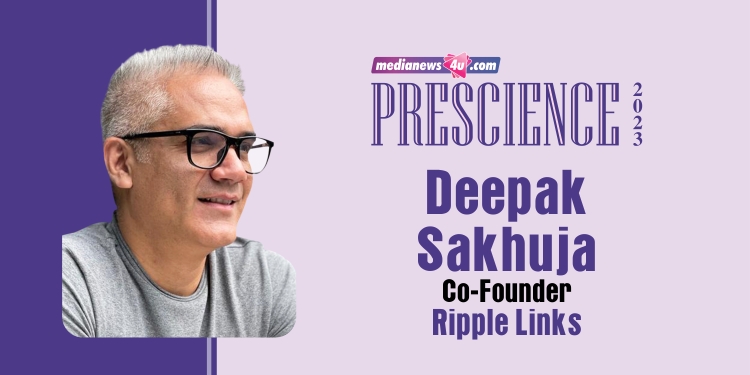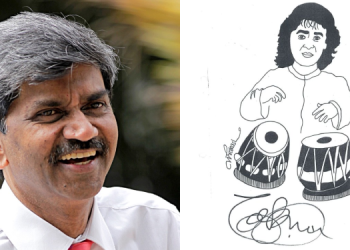In the past, Influencers were often thought of in the place of a friend or family member, whose recommendations were trusted and valued, influencing their purchase and consumption behaviour.
But recently, Google and Reprise released the results of a study that found that online content has overtaken personal recommendations in the discovery phase, with 54 percent of users preferring to find new products through online content.
With these developments, there are two channels of influencer engagements that have made a mark in 2022 and will only expand in 2023 – the utilisation of micro-influencers in influencer marketing activities and the proliferation of social commerce, spurred on by e-commerce giants: Myntra, Amazon, and Flipkart.
Let’s take a look at what’s driving these two popular activations.
The Advent of the Micro-Influencer
A study by Harvard Business School faculty found that 80pc of consumers considered a purchase recommendation trustworthy if it came from an influencer with a small audience – a fact that numerous brands are now aware of.
In 2022, with sustained campaigns, brands such as MamaEarth, Marico and Colgate-Palmolive utilised micro-creators at scale and in 2023, these engagements are only likely to increase.
The reasons why they are extremely effective are manifold – they are less scripted; their content is less polished adding a sense of authenticity to their collaborations. Further, certain creators are extremely thoughtful and particular in the collaborations they undertake, only recommending products that they truly believe in, having invested time and effort into building a small but close-knit, highly engaged audience.
Primarily, they are utilised to add a scale and to build brand share of voice. Given their cost-effectiveness, they can be deployed to build a sense of FOMO around launches where the average user’s perception is that the product launched is truly revolutionary and worthy of a try – building both awareness and consideration simultaneously.
Commerce Gets Social
The space of social commerce exploded in 2022, with influencers helming live sessions and promoting them on their social media, across Instagram and YouTube as well as short-form video platforms such as Moj and Josh.
Influencers going live are able to respond to and build first-person interactions with followers, taking them through trends, styling guides and more. Currently, this form is extremely popular with fashion and beauty brands, but in 2023, brands across categories with demonstrable products are likely to begin including the format in their essential marketing endeavours.
A factor driving this growth is the increased digital connectivity of T1 and T2 towns and cities. Online shopping platform Meesho has been one of the largest players in the space, utilising regional creators with a personable camera presence. These influencers take users through a plethora of affordable and stylish options making the brand seem closer and more accessible for a number of users taking their first steps in their ecommerce journey.
2023 looks to be another exceptional year for influencer marketing, spurred on by the growth of these two avenues as well as a host of innovative collaboration opportunities that the evolving influencer ecosystem brings.
(The author is Co-Founder, Ripple Links.)

















